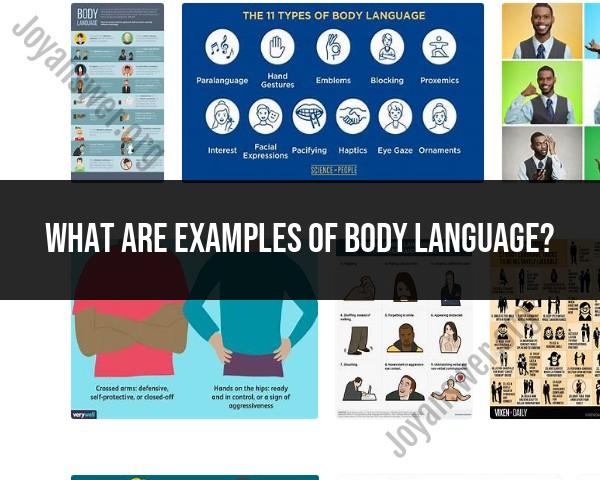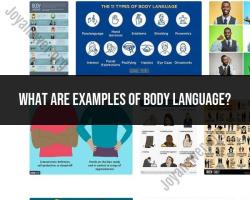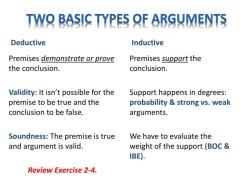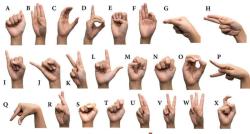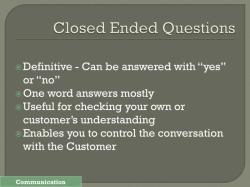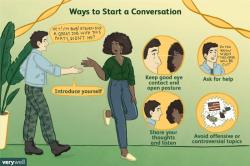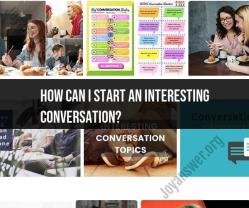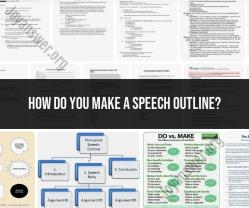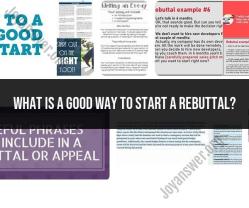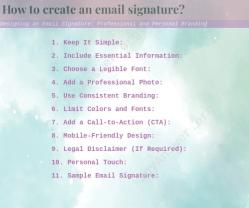What are examples of body language?
Body language is a powerful form of nonverbal communication that can convey a wealth of information without a single word being spoken. Here are some common examples:
Facial Expressions
- Smiling: Indicates happiness, friendliness, or approval.
- Frowning: Shows displeasure, confusion, or concentration.
- Raised Eyebrows: Can indicate surprise, disbelief, or curiosity.
- Pursed Lips: Often a sign of disapproval, frustration, or contemplation.
Eye Contact
- Direct Eye Contact: Usually signals confidence, attentiveness, or interest.
- Avoiding Eye Contact: Can indicate discomfort, shyness, or evasiveness.
- Blinking: Frequent blinking may indicate nervousness or discomfort, while a lack of blinking can suggest focus or tension.
- Eye Rolling: Shows disdain, disbelief, or irritation.
Gestures
- Nodding: Typically signifies agreement or understanding.
- Shaking Head: Indicates disagreement or disbelief.
- Crossed Arms: Can suggest defensiveness, self-protection, or closed-mindedness.
- Open Arms: Often interpreted as openness, welcoming, or willingness to communicate.
- Handshakes: Firm handshakes are often seen as confident, while limp handshakes can be perceived as weak or indifferent.
- Pointing: Can be perceived as aggressive or commanding.
Posture
- Standing Tall: Indicates confidence and authority.
- Slouching: Can suggest lack of confidence, boredom, or tiredness.
- Leaning Forward: Often a sign of interest and engagement.
- Leaning Back: Can indicate relaxation, boredom, or sometimes resistance.
Proxemics (Use of Space)
- Personal Space: Respecting personal space usually shows respect and awareness, while invading personal space can be seen as aggressive or overly familiar.
- Distance: Close proximity can indicate intimacy or aggression, while greater distance can suggest formality or discomfort.
Touch
- Pat on the Back: Often a gesture of encouragement or praise.
- Touching Arm or Shoulder: Can show comfort, support, or connection.
- Hugging: Typically indicates affection, comfort, or congratulations.
Movement and Energy
- Fidgeting: Suggests nervousness, impatience, or boredom.
- Pacing: Often indicates anxiety or deep thought.
- Stillness: Can show focus, tension, or calmness.
Microexpressions
- Brief, Involuntary Facial Expressions: These can reveal true emotions even when someone is trying to hide them. For example, a quick flash of anger might show before a person composes themselves.
Understanding these examples can help you better interpret and respond to the nonverbal cues of others in various social and professional contexts.
Can you provide examples illustrating various types of body language?
Facial Expressions:
Smile: A genuine smile involves crinkling the corners of the eyes and lifting the cheeks. It conveys happiness, friendliness, and warmth.
Frown: A frown involves furrowing the brow and pressing the lips together. It indicates sadness, anger, or disapproval.
Raised eyebrows: Raising the eyebrows can show surprise, disbelief, or curiosity.
Gestures:
Thumbs-up: A thumbs-up gesture is a nonverbal signal of approval, agreement, or encouragement.
Pointed finger: Pointing a finger can be used to emphasize a point, direct attention, or express accusation.
Open arms: Extending arms out to the sides with palms facing up can convey openness, welcome, or invitation.
Crossed arms: Crossing arms over the chest can signal defensiveness, protectiveness, or disinterest.
Posture:
Upright posture: Standing tall with shoulders back and head held high suggests confidence, assertiveness, and self-assurance.
Slumped posture: Hunching shoulders and slouching can indicate boredom, sadness, or low self-esteem.
Eye Contact:
Direct eye contact: Maintaining eye contact shows that you are paying attention, engaged, and interested in the conversation.
Avoiding eye contact: Avoiding eye contact can make you seem disinterested, shy, or even guilty.
Personal Space:
Intimate distance: Standing close to someone, within arm's reach, suggests intimacy, closeness, or trust.
Personal distance: Maintaining a distance of 1.5 to 4 feet indicates personal interaction, such as a conversation with a friend or colleague.
Social distance: Standing 4 to 10 feet away is appropriate for casual interactions, such as talking to a stranger or giving a presentation.
Public distance: Maintaining a distance of more than 10 feet is suitable for formal or public settings, such as a lecture or a meeting.
Remember that body language is complex and nuanced, and its interpretation can vary depending on cultural context, individual differences, and the specific situation. It's important to consider all nonverbal cues, as well as verbal communication, to get a full understanding of the message being conveyed.
